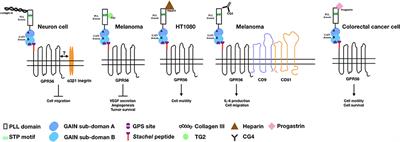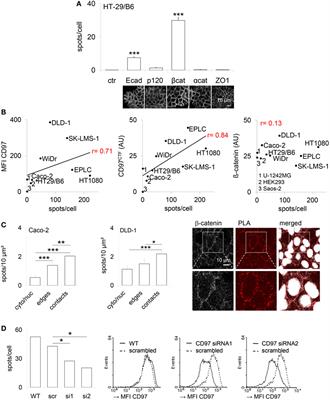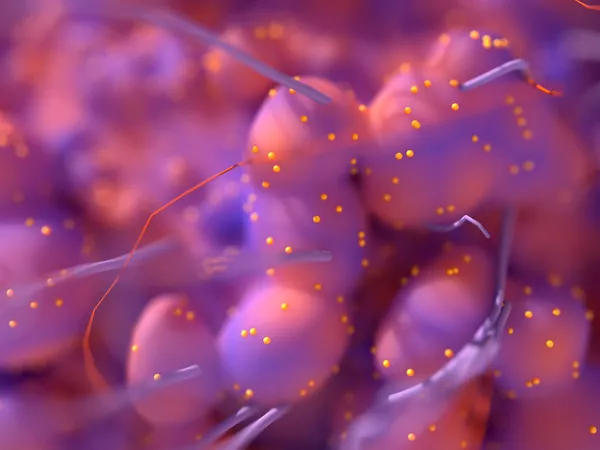REVIEW
Published on 08 Aug 2018
The Activation and Signaling Mechanisms of GPR56/ADGRG1 in Melanoma Cell

doi 10.3389/fonc.2018.00304
- 10,283 views
- 26 citations
12k
Total downloads
36k
Total views and downloads
REVIEW
Published on 08 Aug 2018

ORIGINAL RESEARCH
Published on 25 May 2018

PERSPECTIVE
Published on 13 Mar 2018

REVIEW
Published on 06 Feb 2018

ORIGINAL RESEARCH
Published on 01 Feb 2018

